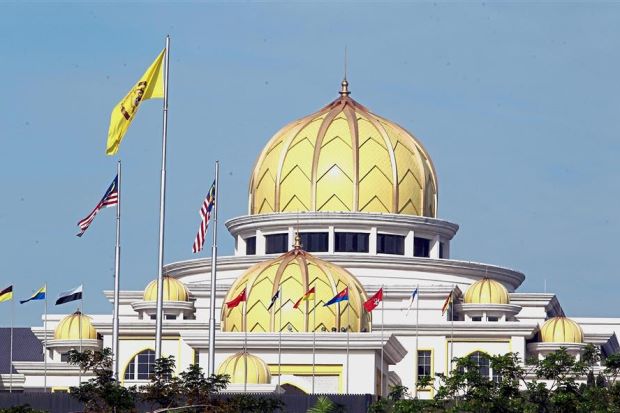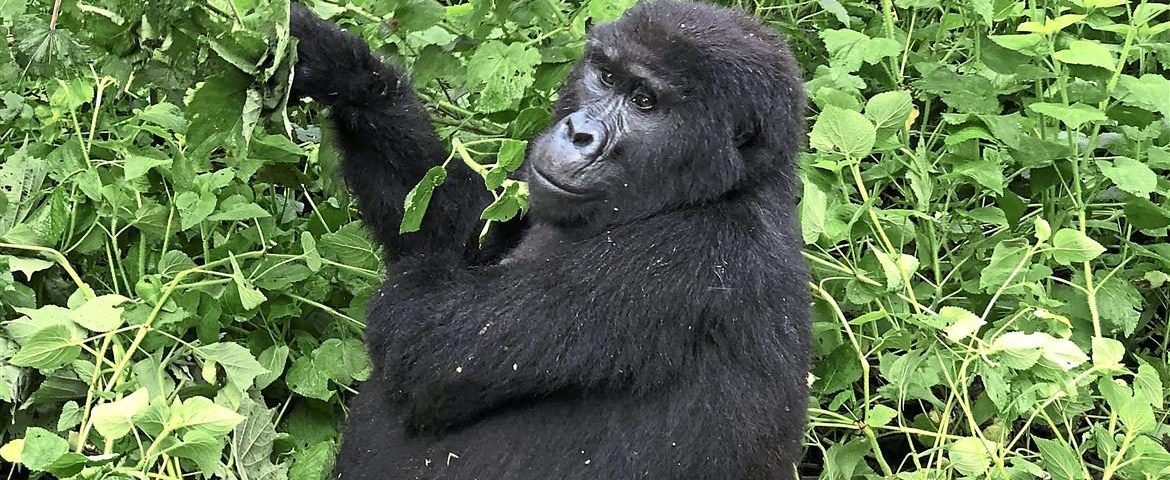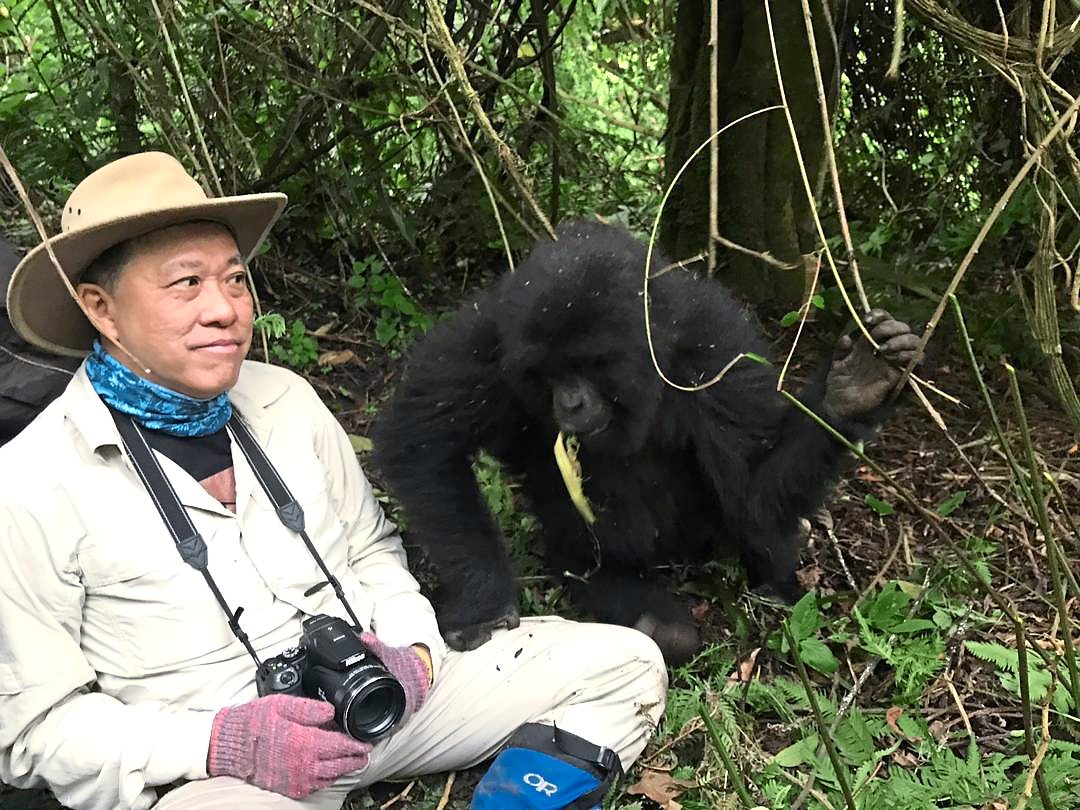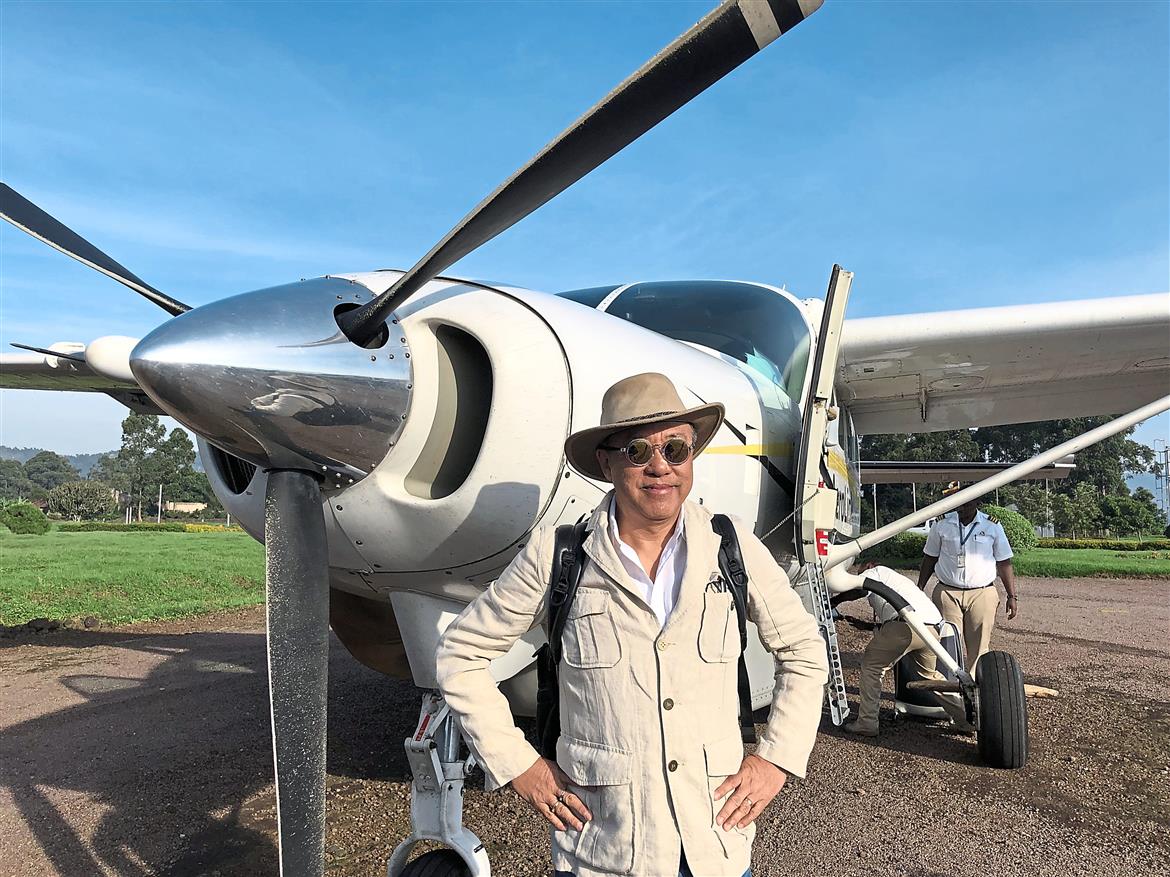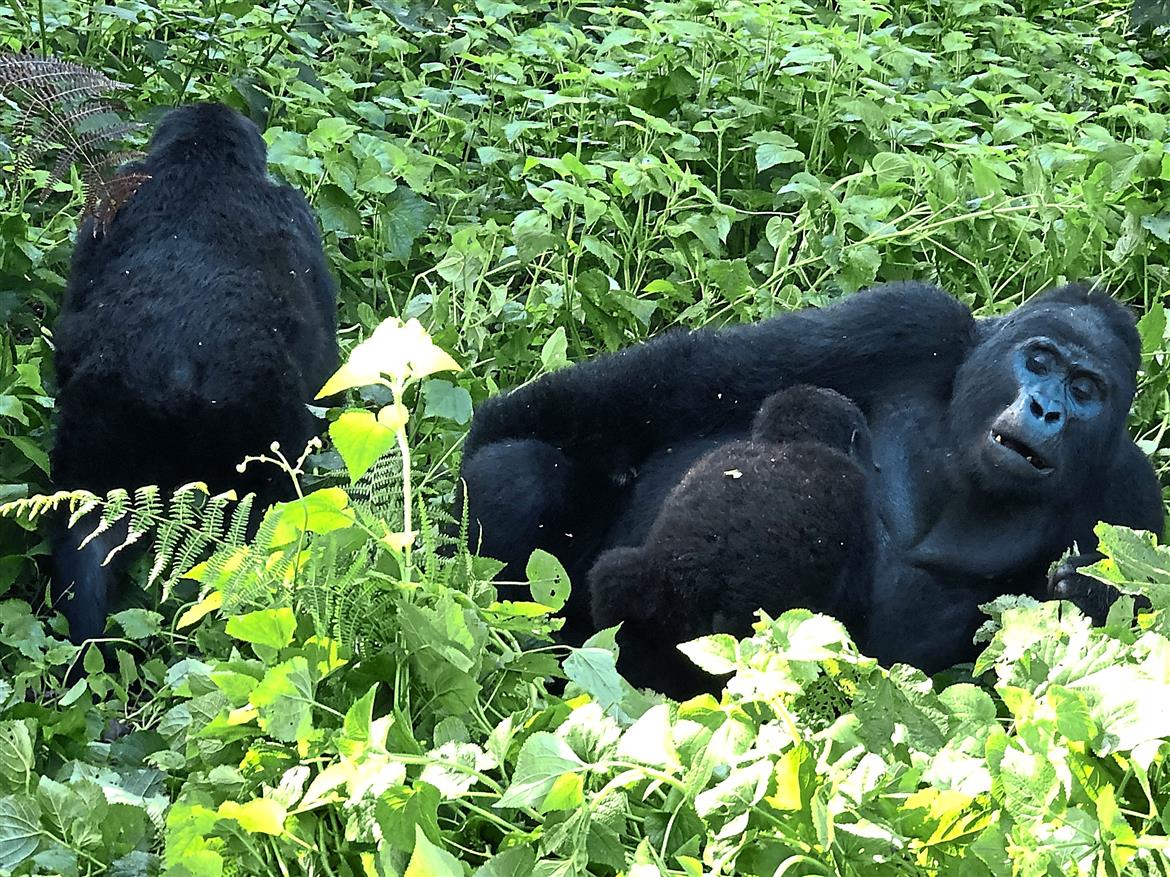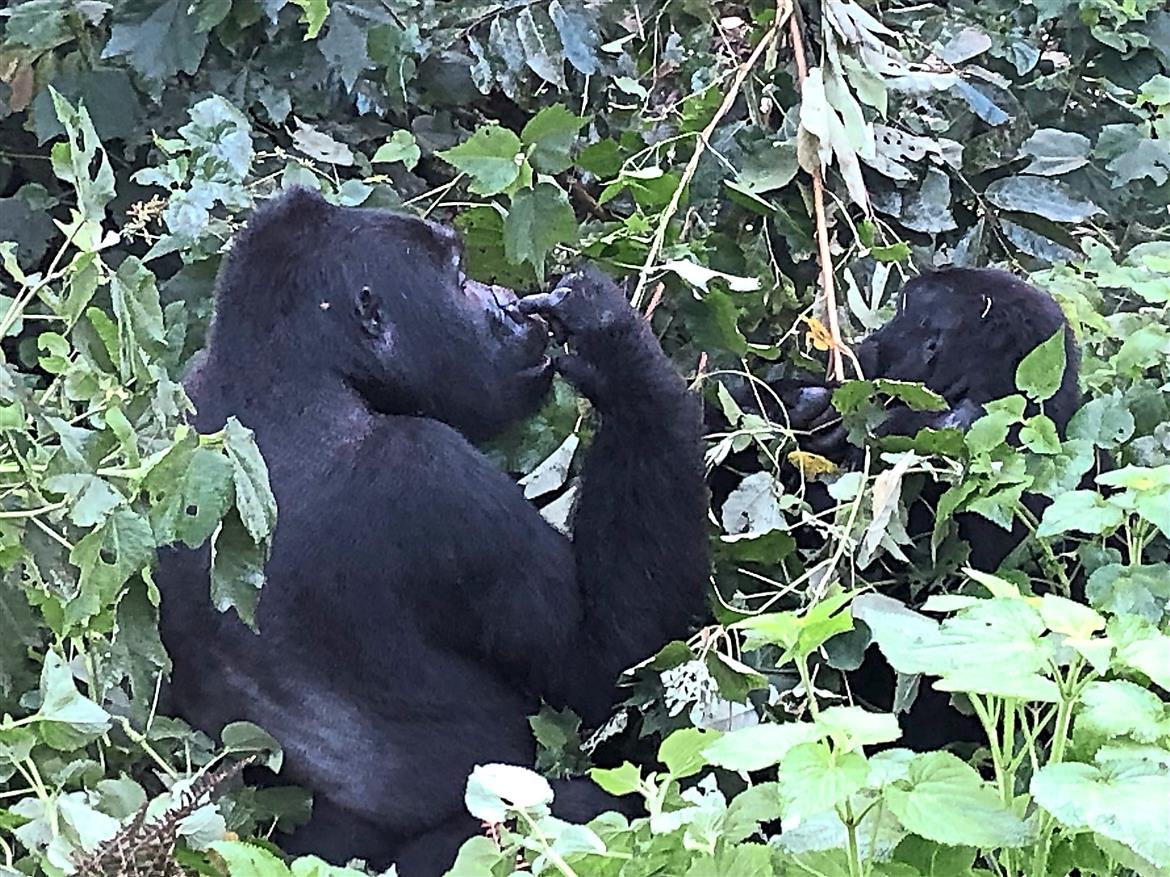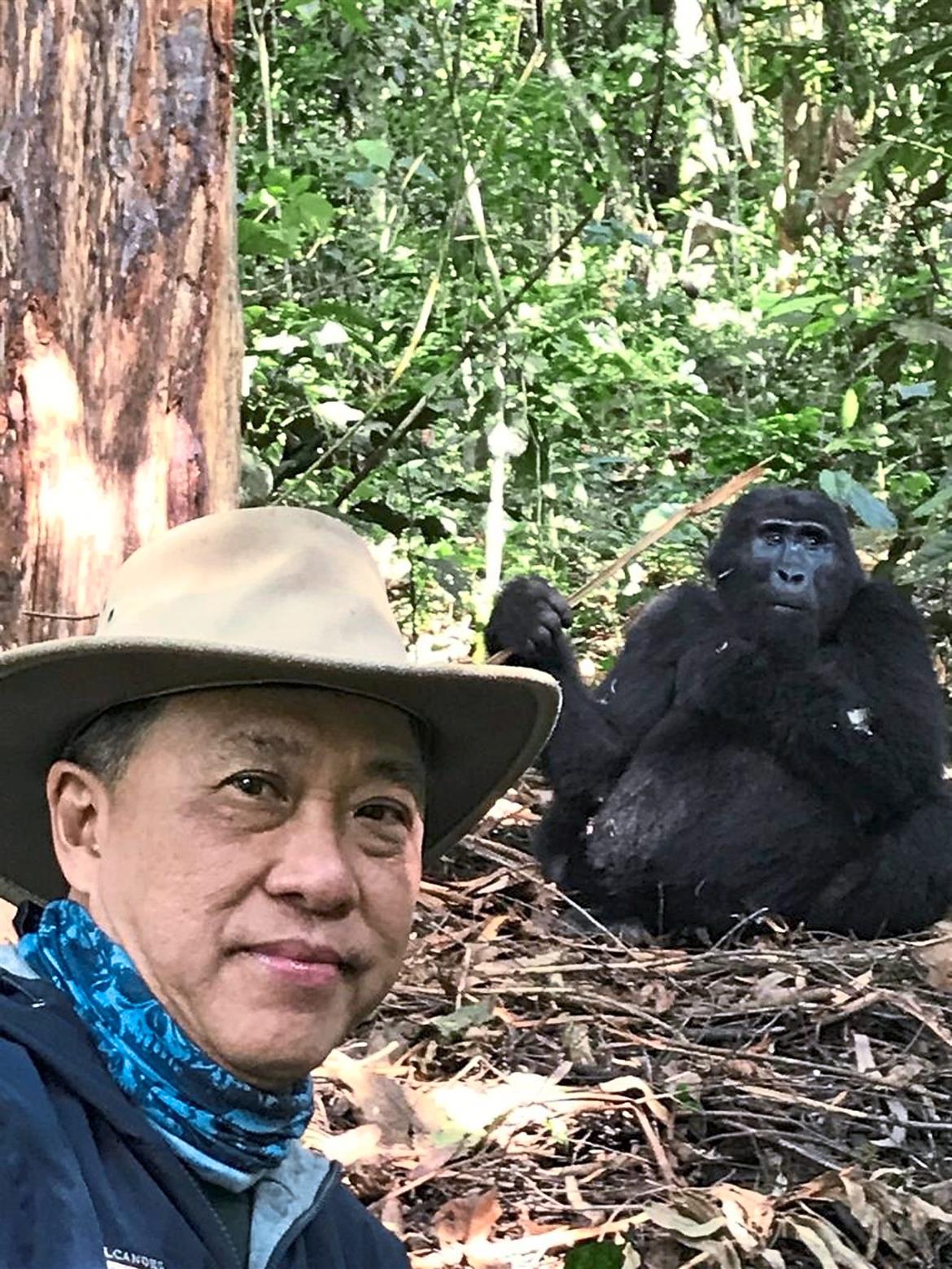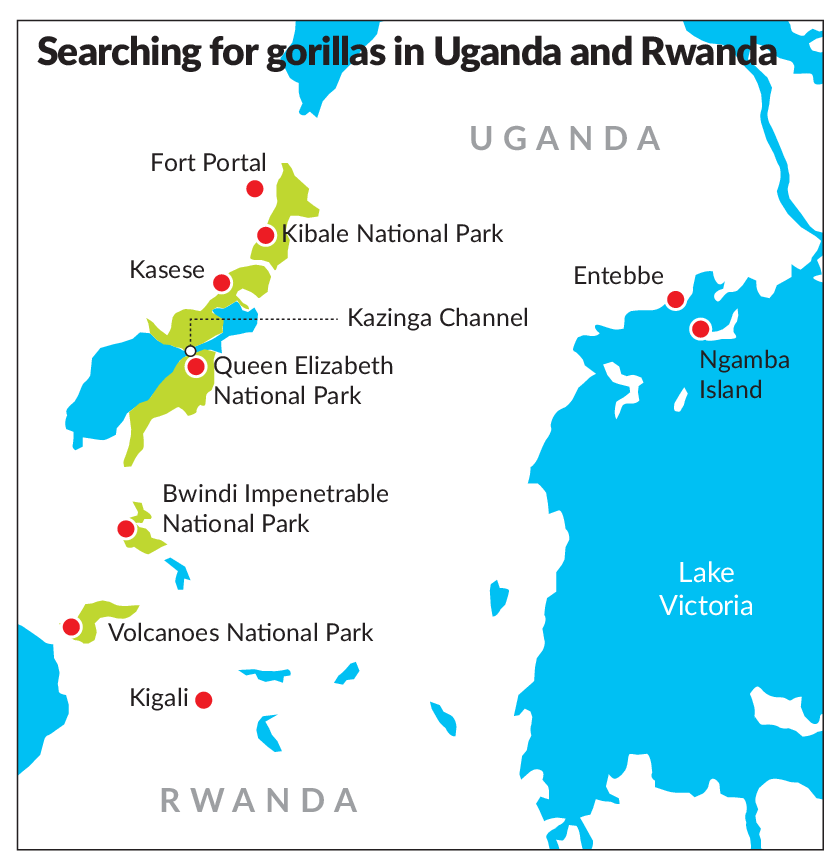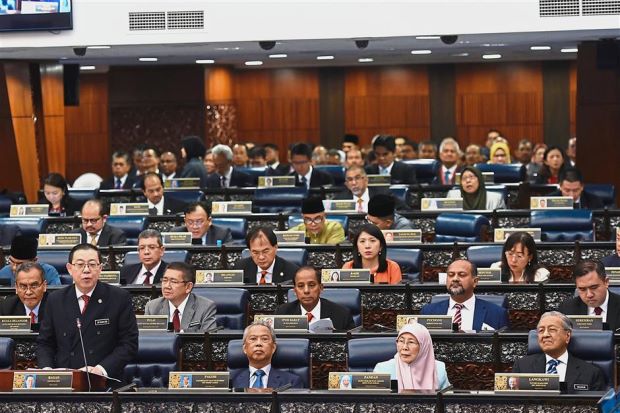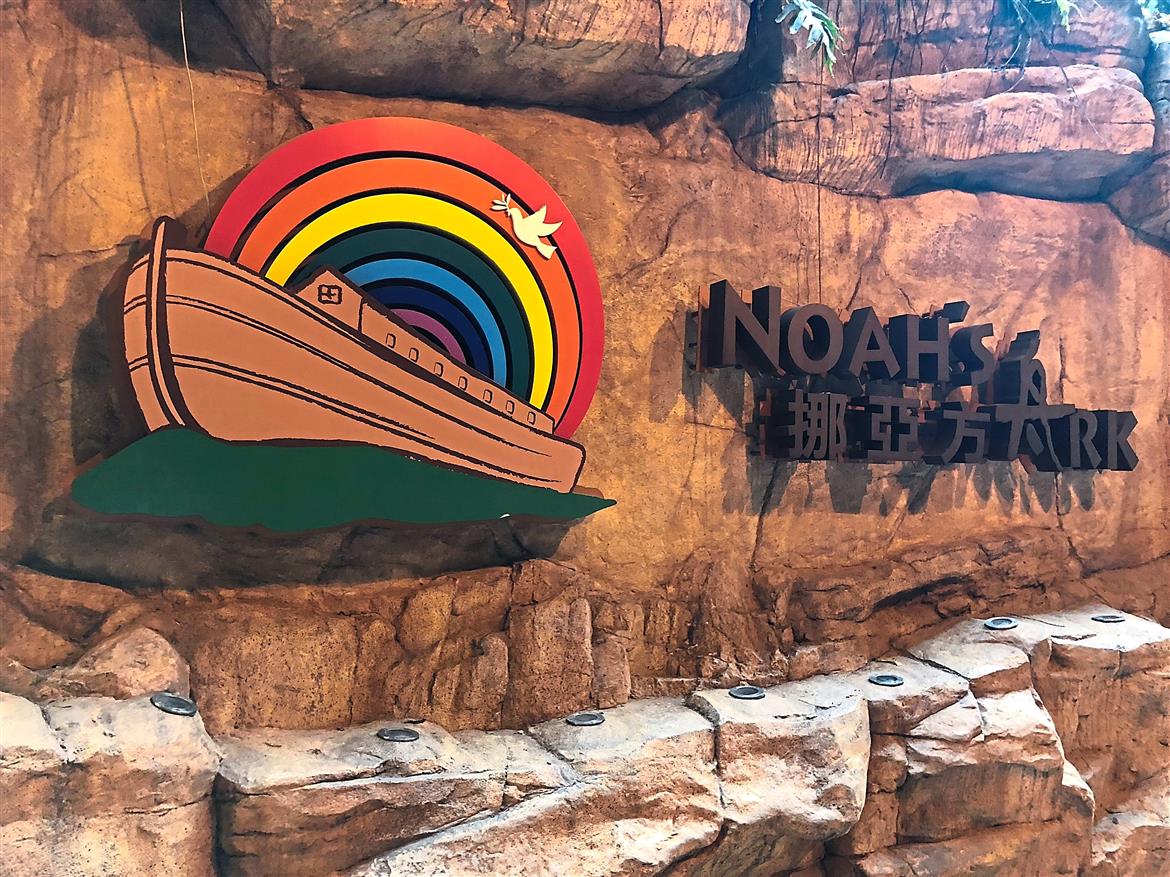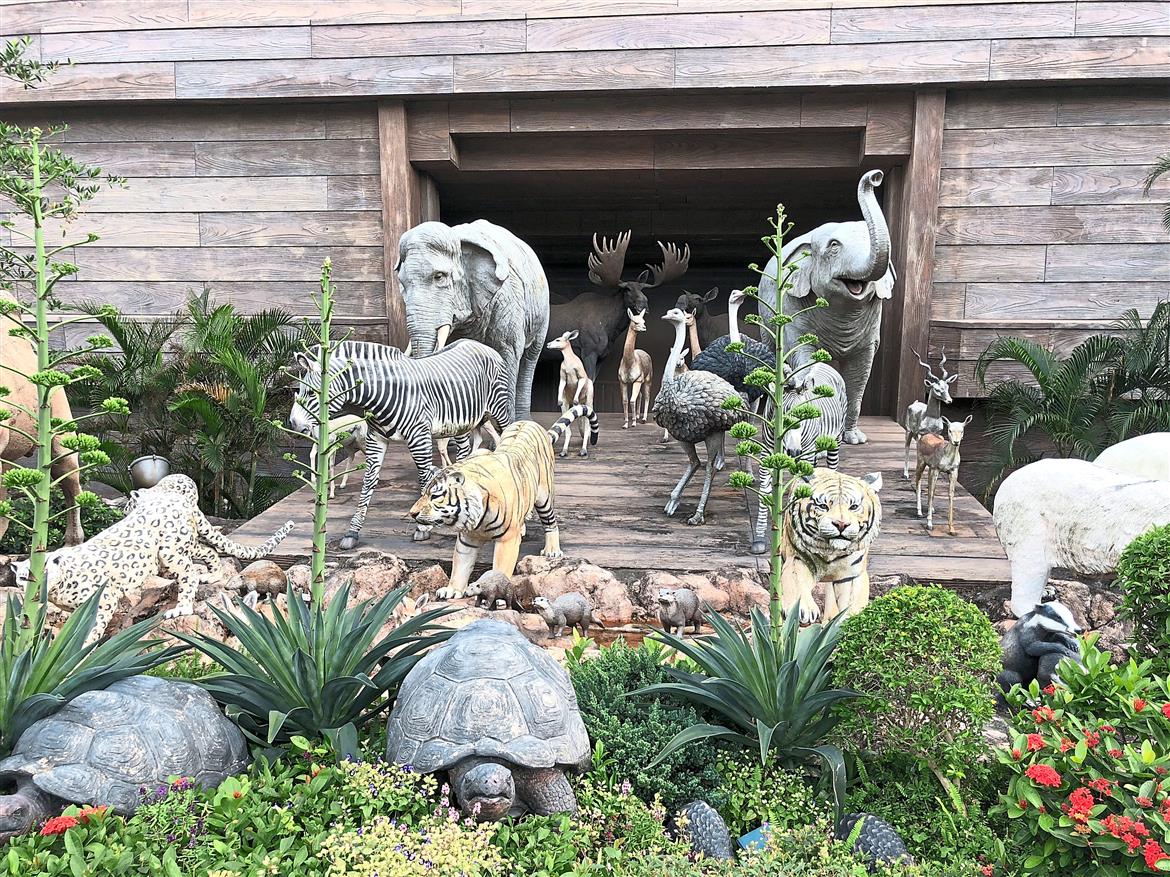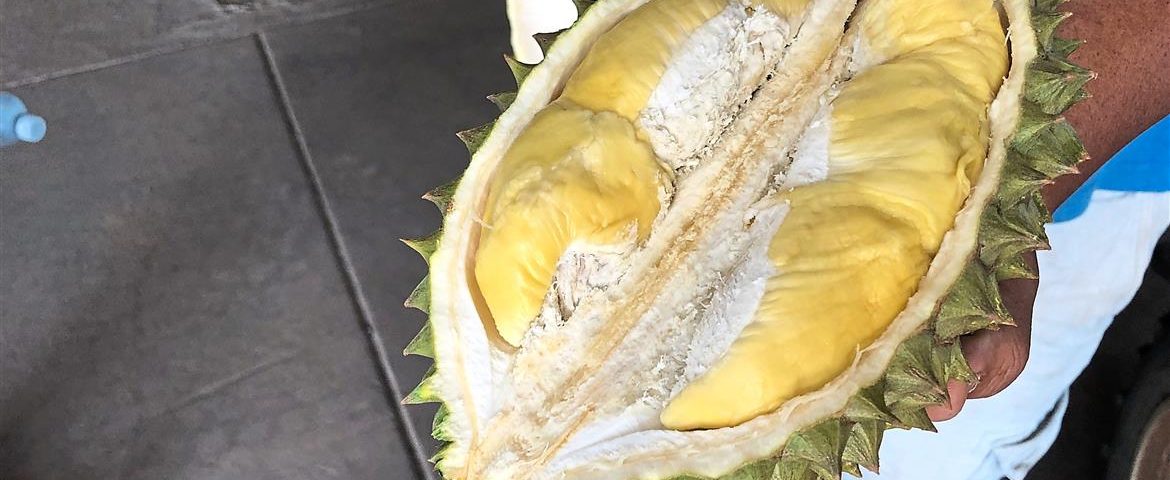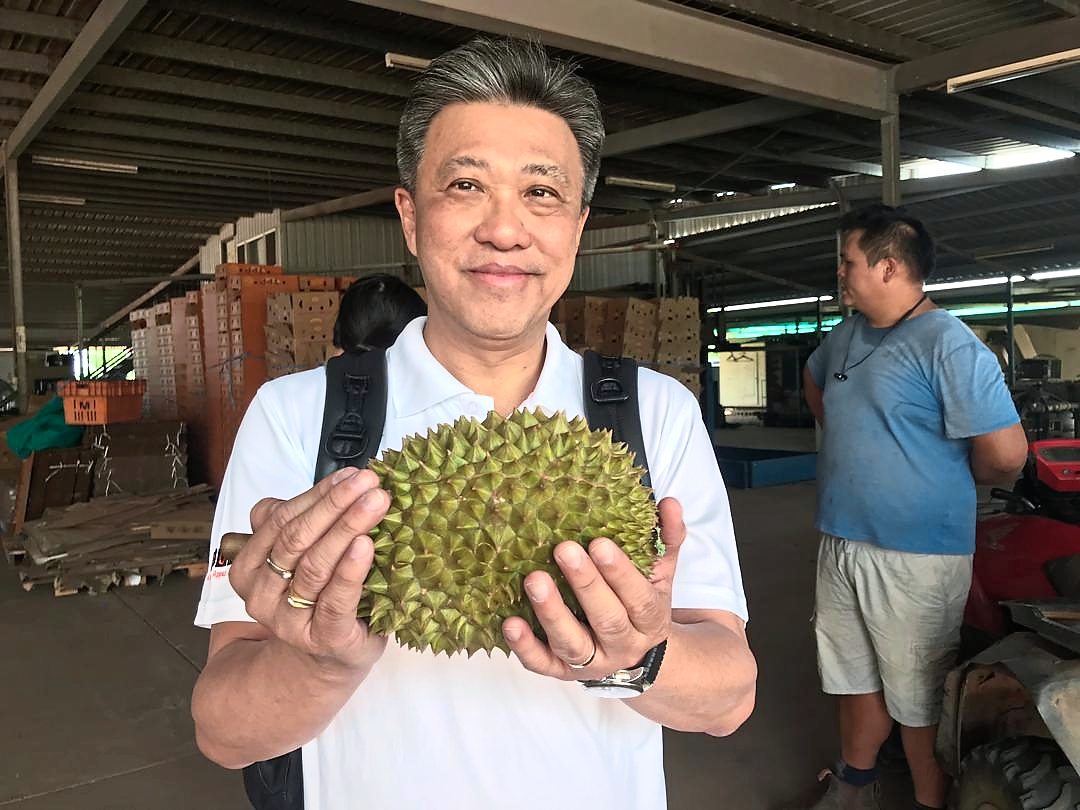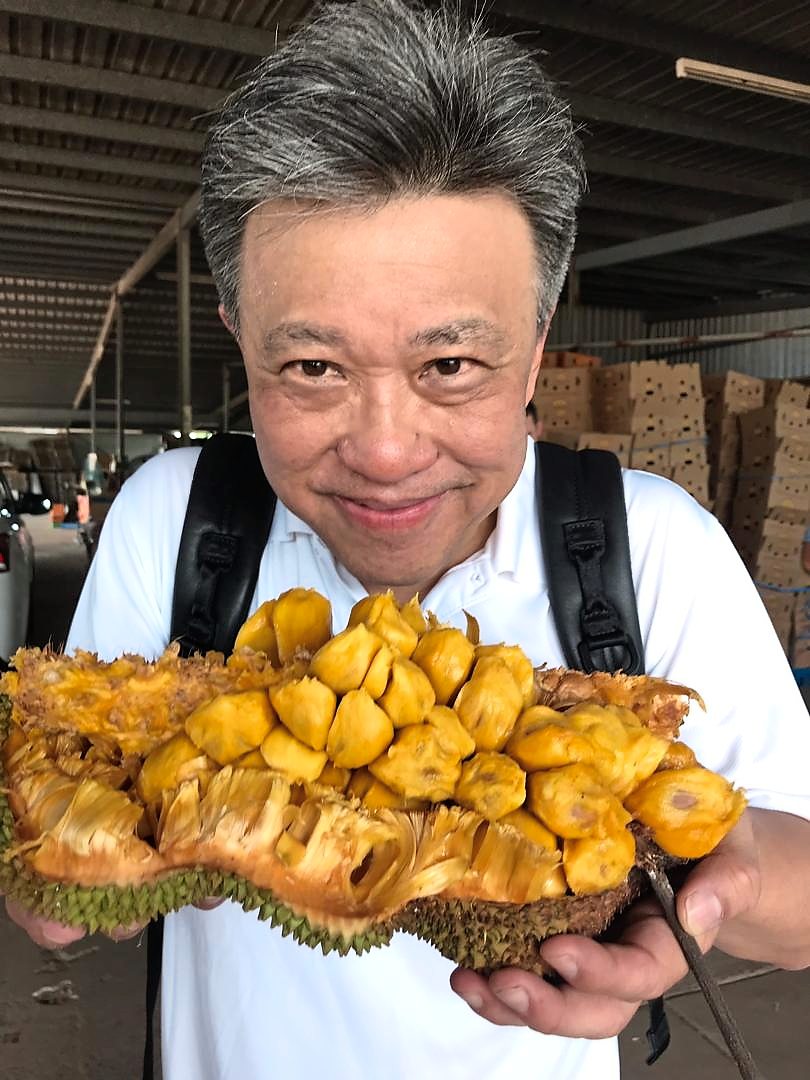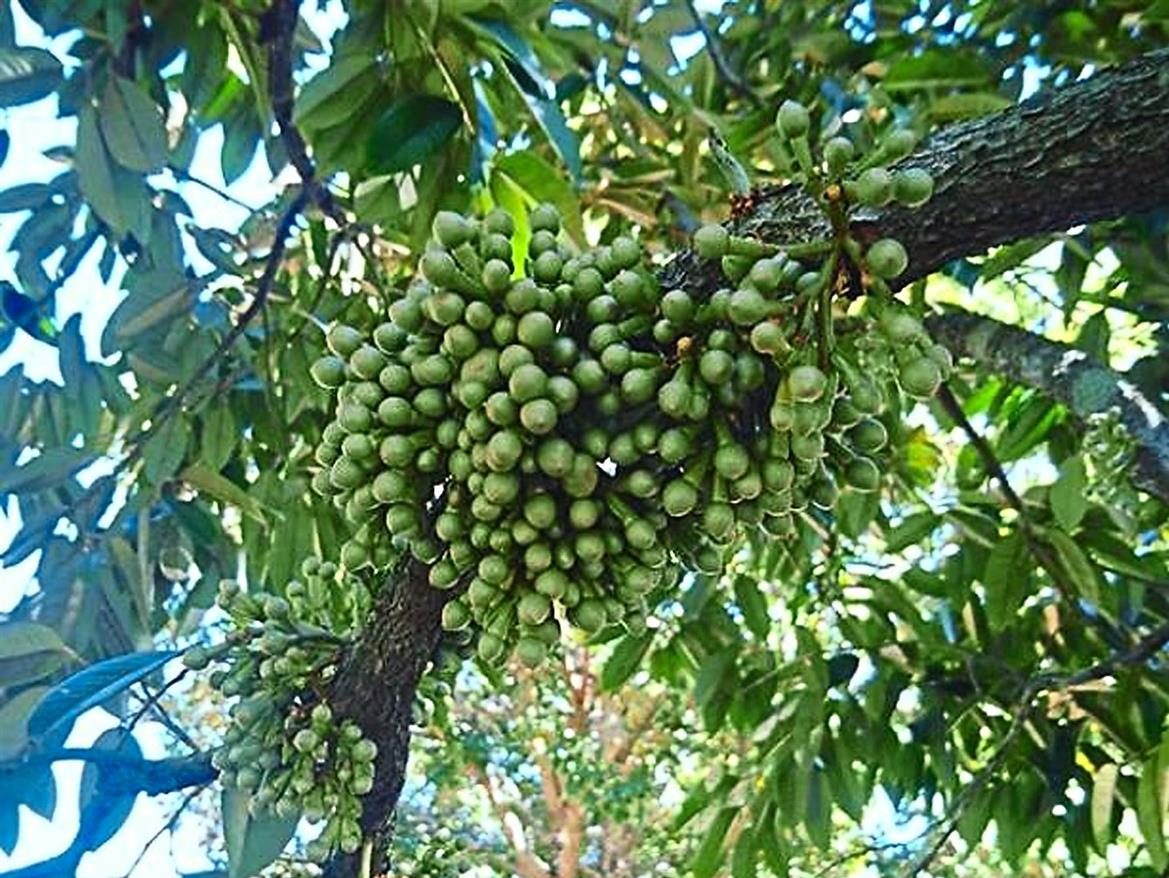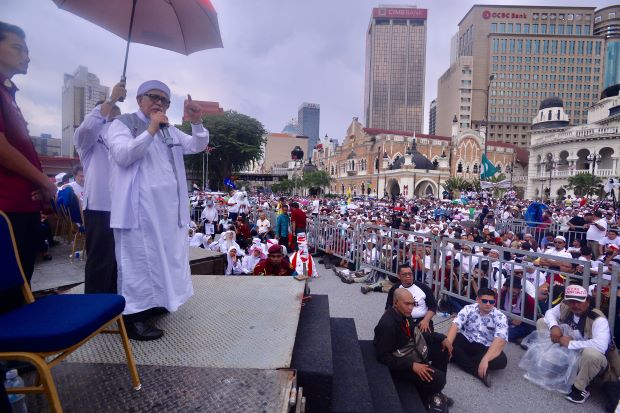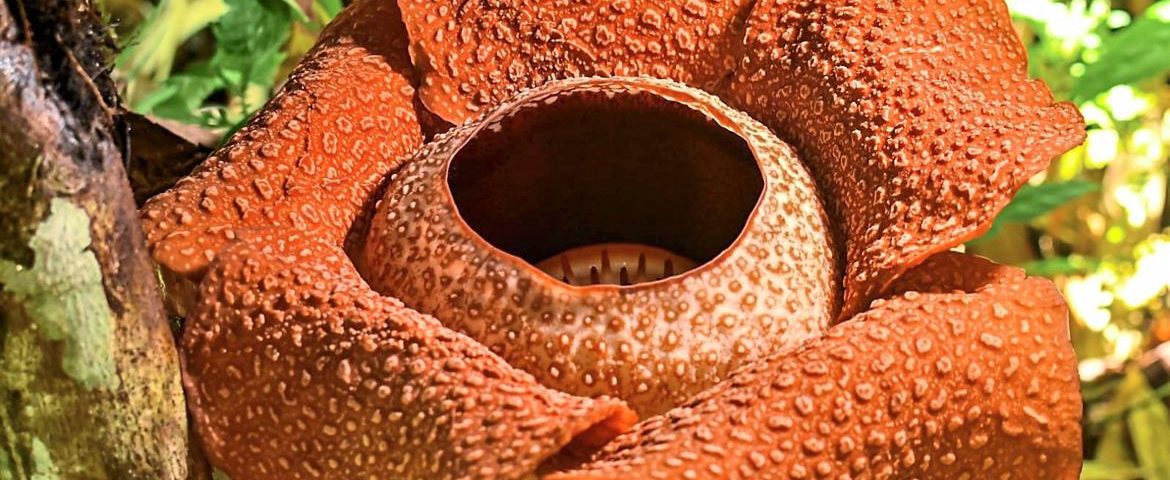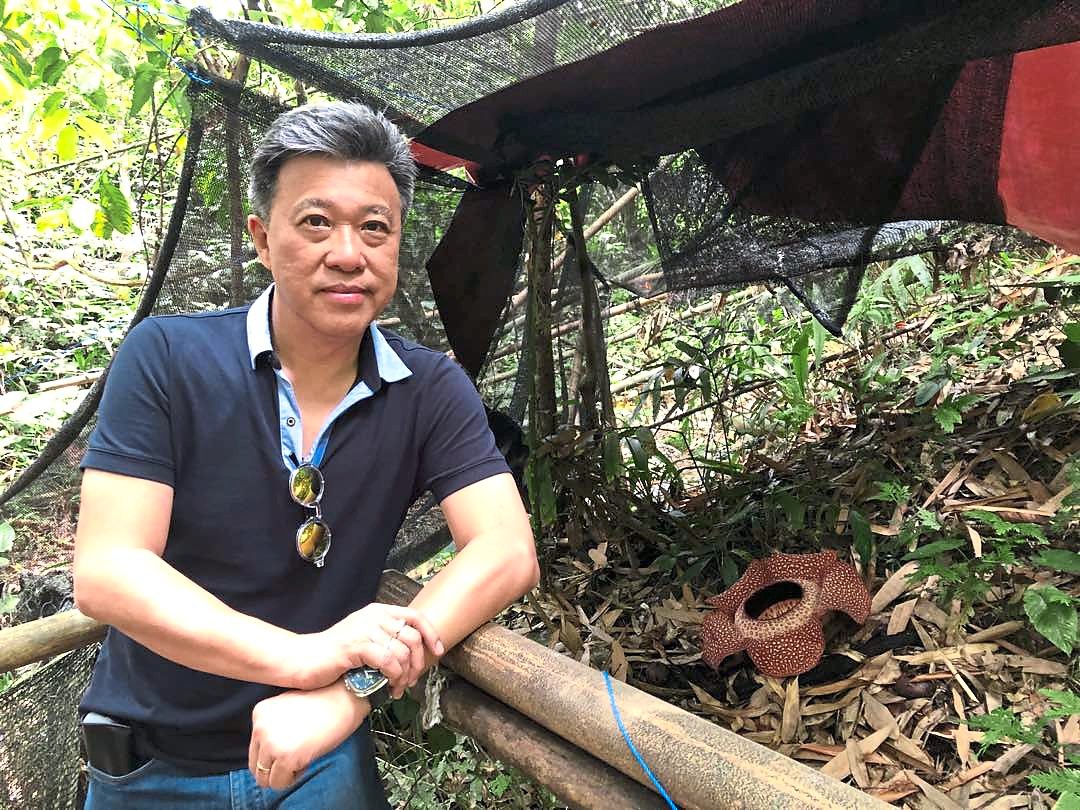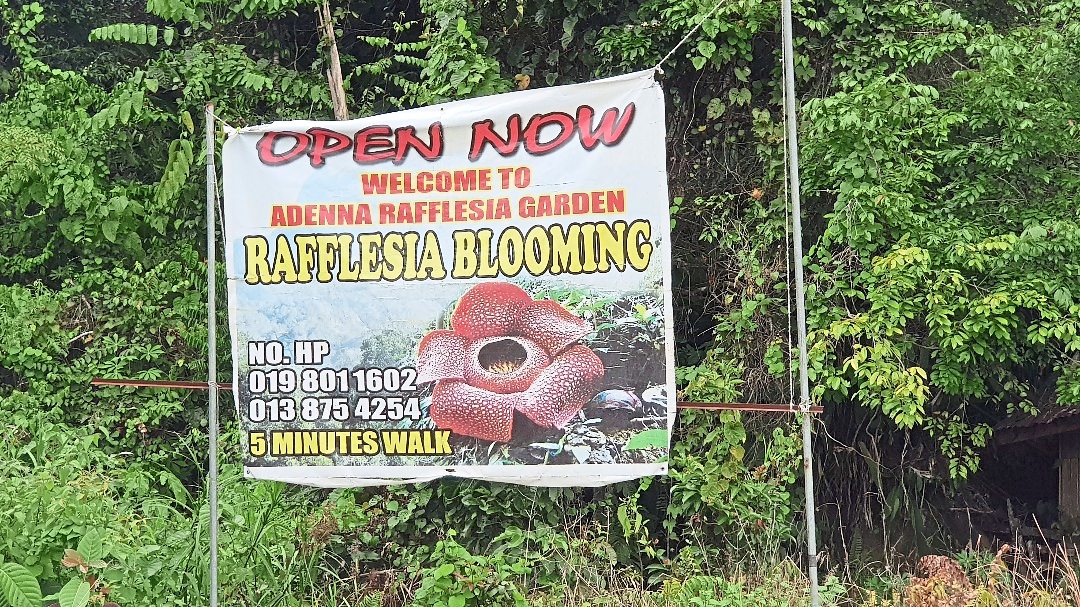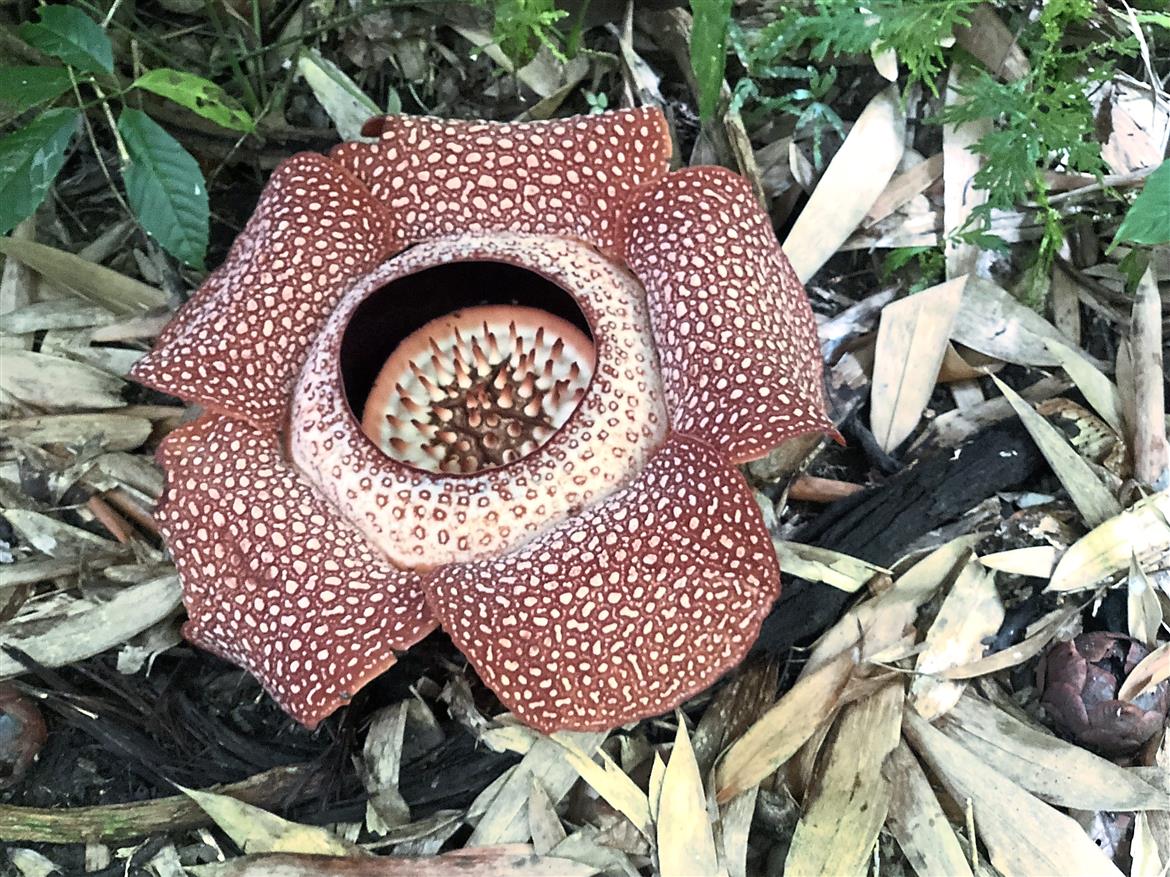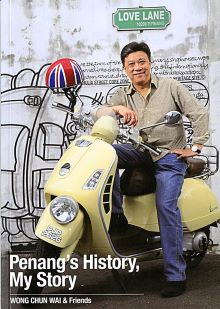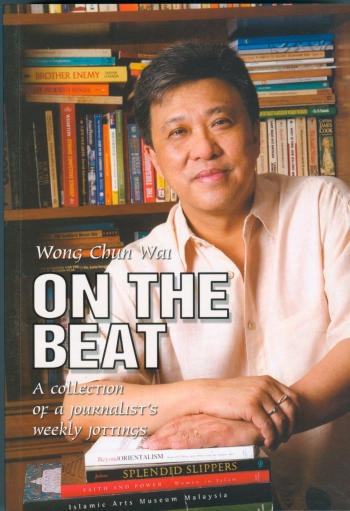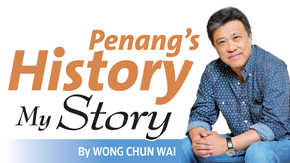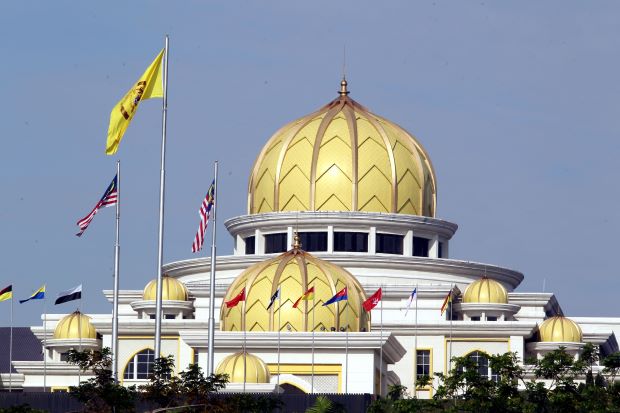
OVER the coming days, the Keeper of the Rulers’ Seal, Tan Sri Syed Danial Syed Ahmad, will fulfil the duty of sending out letters to the nine Rulers, informing them of the election of the new Yang di-Pertuan Agong.
He is the only official in Malaysia who has custody and can use the Rulers’ Seal of Malaysia on behalf of the Conference of Rulers.
He is the secretary to the Rulers and oversees the scripted meetings three times a year, or at the request of the King.
His most publicly-visible role is to announce the start of the fasting period for the month of Ramadan and the dates for Hari Raya.
Syed Danial, a quiet and unassuming man, keeps a low profile. He carries out his duties professionally and competently. Ironically, he comes from Penang, a state without a Malay Ruler, and speaks Hokkien.
As Keeper of the Royal Seal – the symbol of traditional authority of the royal institution in Malaysia – he is tasked with carrying out the country’s unique election among the Rulers, and this time around, following a situation which arose from an exclusive set of circumstances recently.
It is unprecedented as no king in the country’s history has ever relinquished his responsibilities midway into his service. Sultan Muhammad V became the first Malaysian king to abdicate after just two years on the throne, his five-year tenure uncompleted.
Against this backdrop of upheaval, speculation was rife that the Sultan of Pahang, Sultan Ahmad Shah, 88, who is in declining health, may also step down.
Then on Friday, the Pahang Royal Council met to discuss the possibility of the Regent of Pahang, Tengku Abdullah Sultan Ahmad Shah, ascending as Sultan of Pahang. The meeting at a hotel in Kuala Lumpur lasted four hours.
Yesterday, it was announced that the Regent of Pahang, Tengku Abdullah Sultan Ahmad Shah, will be the sixth Sultan of Pahang on Jan 15.
This was made public by Tengku Muda Pahang Tengku Abdul Rahman Al-Haj ibni Sultan Haji Ahmad Shah at Istana Abu Bakar in Pekan on Saturday.
The nation will see Tengku Abdullah’s installation as the sixth modern Sultan of Pahang, effectively paving the way for his candidacy as the 16th Yang di-Pertuan Agong.
Based on a rotation system, the next in line – after Kelantan – is Pahang’s Sultan Ahmad Shah, followed by Sultan Ibrahim Sultan Iskandar of Johor and then Sultan Nazrin Shah of Perak. But none of these Rulers will automatically assume the throne since their brother Rulers still need to vote.
The election is carried out by a secret ballot. The ballot papers are not numbered, but are marked with the same pen and ink, and are inserted into a ballot box. Only the Rulers participate in the election.
A Ruler may appoint another Ruler as his proxy to vote on his behalf if he is unable to attend the election meeting – and on the upcoming Jan 24 meeting, it is believed the Sultan of Kelantan is likely to give the proxy vote to a Ruler.
Although there are only nine Rulers, there is a great deal of secrecy involved in the polling procedure – the Keeper of the Rulers’ Seal distributes the ballot with only one candidate.
It is very simple – each Ruler is requested to indicate a candidate’s suitability for election as Yang di-Pertuan Agong.
The Sultan of Kedah, being the most junior Ruler, is appointed to count the ballot papers together with the Keeper of the Rulers’ Seal.
Sultan Sallehuddin Ibni Almarhum Sultan Badlishah was installed as the 29th Sultan of Kedah in October. He will not be listed as nominee for the office of the Yang di-Pertuan Agong.
In fact, the Conference of Rulers made a video of the election process, which now sits in RTM’s archives.
The nominee must have obtained at least five votes before the Ruler presiding over the Election Meeting offers him the office of Yang di-Pertuan Agong.
If the successful nominee declines the offer, or the nominated Ruler fails to secure the required votes, the voting process is repeated with the nomination of the Ruler next in line.
The process is completed only after a Ruler has accepted the offer of the office of Yang di-Pertuan Agong and the Conference declares the Ruler as the Yang di-Pertuan Agong for the next five years.
The ballot papers are destroyed in the presence of the Rulers as soon as the result of the election is announced – in this case, the papers are burnt.
The decision of the Rulers is first made known to the Prime Minister, and Speakers of the Dewan Rakyat and Dewan Negara respectively, before it is announced to the public.
While there is an election, the nine Rulers do not campaign, unlike politicians. In fact, the general sentiment of the Rulers is that they prefer the traditional method of rotation. But in the past, some elder Rulers have corresponded between themselves to evaluate a Ruler’s interest in the role, as a matter of courtesy and to avoid potential embarrassment.
It needs to be pointed out that many of the Rulers are also related in some way because of inter-marriages within the royal households.
It must be recognised that our Malay monarchy dates to the 15th century, and is steeped in tradition and history, with great emphasis on the respect for adat, or local customs and traditions as observed by the Malays. Protocol is carried out with great care, and Rulers are expected to respect these traditions.
But while the election of the King is entirely the prerogative of the nine Rulers – excluding the Prime Minister, Mentri Besar and for sure, the public – the royal institution has now found itself grappling with the emergence of social media.
They have found themselves being scrutinised, and even subjected to criticism. Unflattering pictures have appeared, but there’s nothing much they can do about it.
While there are rules to punish Malaysians for crossing the line, the reality is that social media is now a global platform, and policing comments posted on the institution is a Herculean task.
In some ways, the institution has taken a beating with the public having expressed their displeasure over the seemingly unlimited conferment of titles such as Datuk and Datuk Seri, which has apparently made Malaysia the country with the most titled people.
Then, there are the regular outbursts on elected representatives and certain royalty enjoying lavish lifestyles at the expense of taxpayers.
But the role of our Rulers is certainly relevant and important, especially since our political institutions are weak, what with the constant bickering and the rise of extreme racial politics, where our politicians have not only failed to put a stop to these disturbing trends, but worse, have joined in this ugly culture.
Then, there is the increasing call for Malaysia to become an Islamic state and again, our politicians, worried about losing most Malay votes, cannot be counted on to make a stand.
The minority in Malaysia, ironically, can only look to the Malay Rulers to speak up and protect the existing system and structure.
At least four Rulers – the Sultan of Selangor, the Sultan of Johor, the Sultan of Perak and the Negri Sembilan Yang di-Pertuan Besar – have consistently spoken up on the importance of moderation and the need to respect our rights as Malaysians.
The election of the new King is not just being followed by Malaysians, but the world as well, and the nine Rulers will have a heavy task ahead in choosing a new King.


